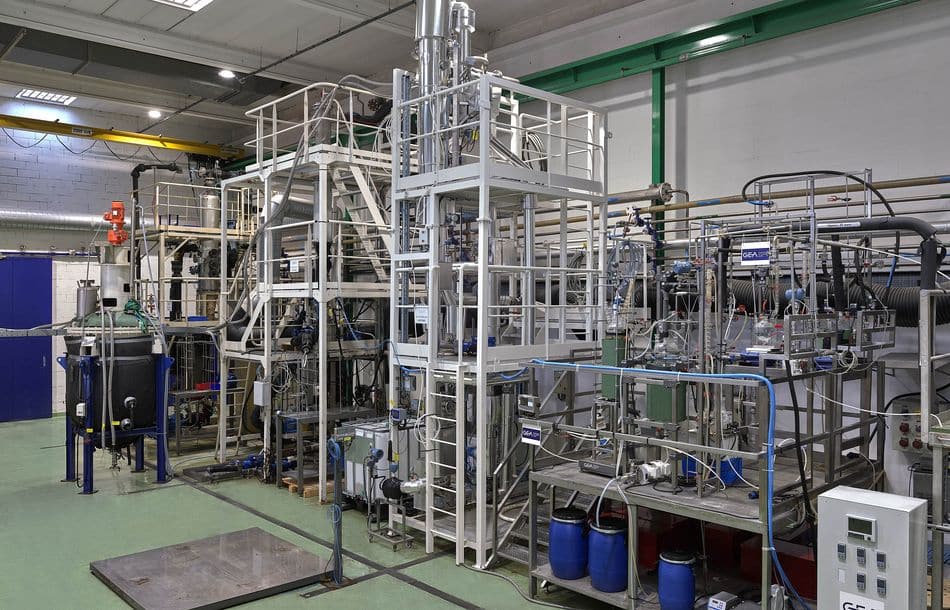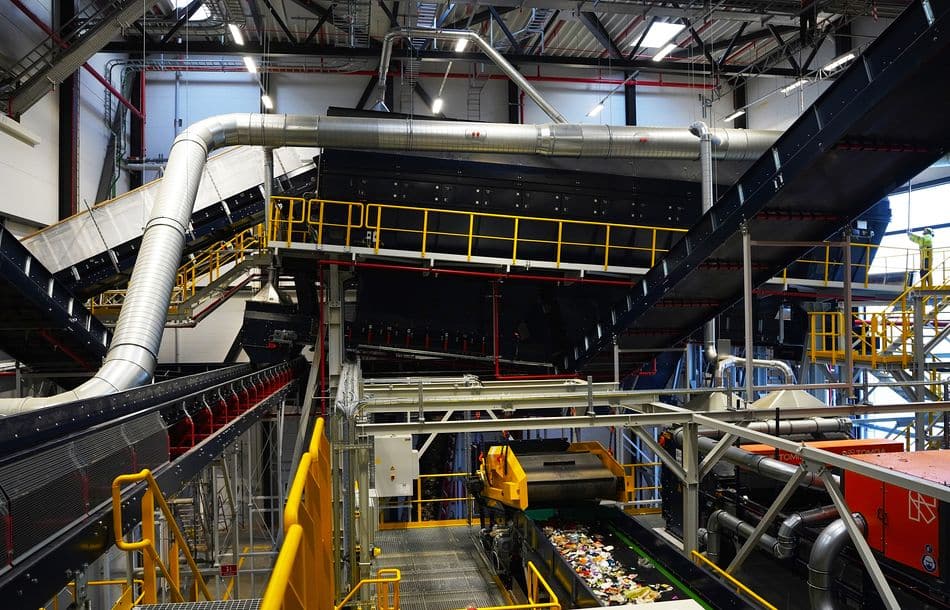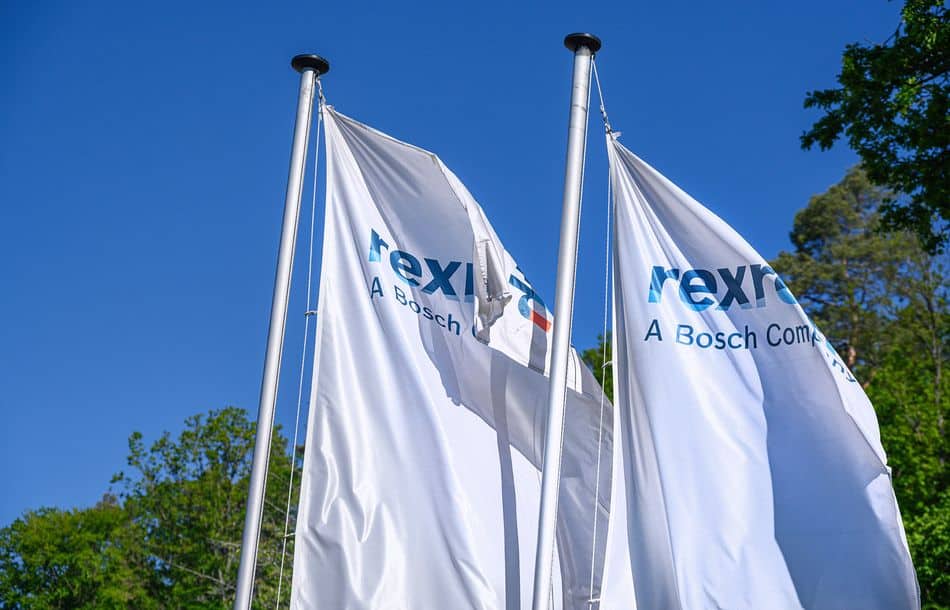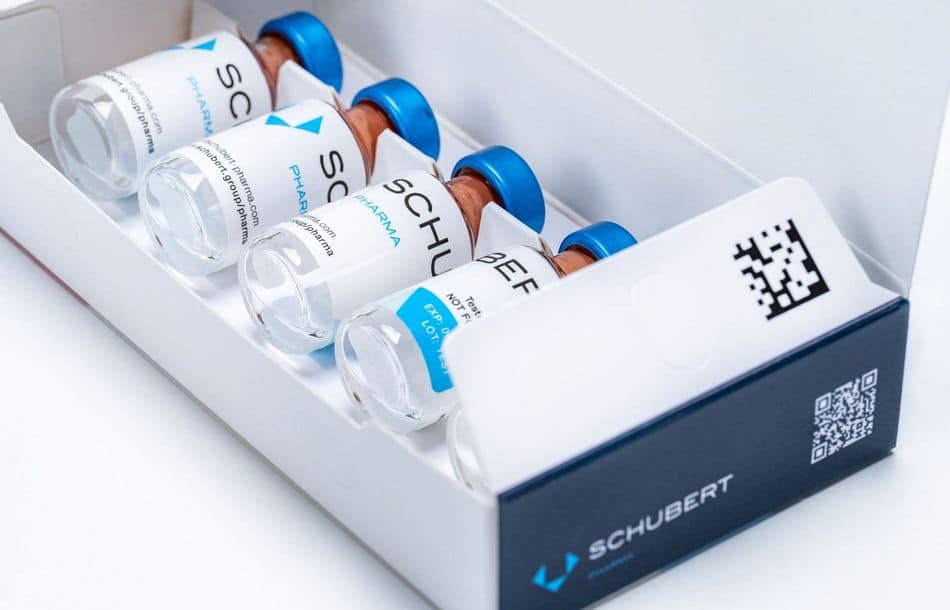Together with the US-based company Circ, GEA has successfully tested and further developed a new process design which serves as the basic design for the world’s first PET recycling plant for textiles. Circ is a pioneer in the field of textile recycling with its patented Circ hydrothermal process. In this process, polycotton discarded clothing is recycled into PET chips, that serve as raw material to produce new clothing. Circ partnered with GEA because the machine and plant manufacturer and solution provider has decades of experience in the fields of mechanical and thermal separation technology, particularly crystallization, and can also carry out tests in its own development center.
20 percent increase in clothing sales worldwide – fashion industry contributes around ten percent to global greenhouse gas emissions
In recent years, the number of items of clothing purchased has risen dramatically. Statistics show that in the last five years alone, around 60 billion items of clothing have been sold worldwide each year, compared to around 50 billion a decade ago -an increase of around 20 percent. This increase in clothing consumption is closely linked to the continuous rise in greenhouse gas emissions of the fashion industry.
According to current estimates, the fashion industry contributes with around ten percent of the global greenhouse gas emissions. These emissions come from various sources along the entire supply chain, including the sourcing of raw materials such as cotton or polyester, the transportation of both raw materials and finished products as well as the disposal of unsold and discarded clothing.
To make things more graphic, these figures mean that today, a garbage truck full of textiles is disposed of in a landfill or incinerated every second. If this trend continues, a data extrapolation by the World Resources Institute shows that greenhouse gas emissions from the fashion industry will increase 50 percent by 2030.
Most of the environmental footprint left behind by the production of new clothing comes from the demand for raw materials – with cotton and polyester being the most widely produced fibers worldwide. Cotton production uses 3.3 million hectares of land and six billion cubic meters of water every year, while polyester production requires 70 million barrels of oil annually and produces up to three times more carbon emissions than cotton.
Reducing the environmental impact of the fashion industry with concrete recycling ideas
Circ has pioneered a technology that returns polycotton waste back to the raw materials from which it was made, so fashion brands can reuse fibers and reduce harm to the Earth in the process while GEA has successfully tried key unit operations of this process in its test centers to deliver the precision required by the complexity of the monomer recovery process. Helping Circ reduce the environmental impact of the fashion industry.
The concept patented by Circ involves process steps that include transferring the polyester fibers contained in polycotton fabrics into a liquid and completely separate it from the cotton fibers. This hydrothermal process uses only heat, water and a low percentage (<5) of biodegradable environmentally friendly chemicals to completely separate cotton and polyester blends, making its recycling possible.
For Circ’s unique plant design, GEA made use of all its garnered experience in process design and took it several steps further with a new design space for crystallization – an especially challenging stage due to the high temperature and pressure requirements as well as the rheological behavior of the handled slurry. The goal was achieved: both the monomer and the cotton are successfully completely separated and undamaged, making their reuse in the production of new textiles a reality.
The process’ result: PET chips
After undergoing Circ’s patented process, polyester transformed into PET (polyethylene terephthalate) chips. With almost perfect thermal properties, they can also be recycled almost infinitely after every use, making it the perfect base material for various technical applications. While PET was originally developed for the yarn industry, it is also frequently used in the packaging industry due to its high transparency, for example in the production of various films and strapping tapes.
From a passion for developing a textile recycling concept to a genuine partnership
“Solve Big Problems” – that is one of Circ’s principles. Laurent Palierne, Director of the Chemicals Business Unit at GEA, is delighted with the project partnership with Circ: “The Circ team was just as enthusiastic and passionate when it came to developing the perfect plant. This mutual energy was so great that the relationship became a real partnership”.
For Farid Ghaderi, Senior Vice President Engineering at Circ, “We look forward to working with GEA to develop the process design that will enable us to successfully realize the world’s first 100 percent poly-cotton textile recycling plant.”
Source: GEA






